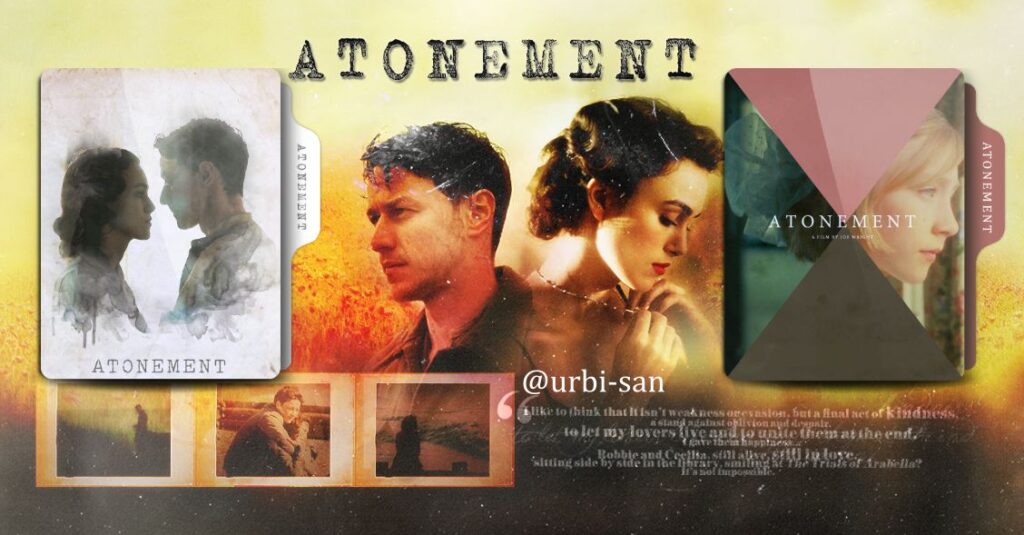In the vast, captivating world of cinema, there’s something uniquely powerful about the films that choose to conclude not with a neat, happy bow, but on a note that lingers, resonates, and sometimes, outright devastates. These are the cinematic moments where the directors, with immense courage and conviction, refused to cut away, allowing the raw, unfiltered vulnerability of their characters and narratives to wash over us. They might leave us feeling a little comfortless, perhaps even profoundly unsettled, but one thing is for sure: they are utterly unforgettable.
These films aren’t just entertainment; they’re experiences that invite deep reflection, forcing us to confront universal human emotions—love, loss, sacrifice, regret, and the harsh realities of existence. What makes these endings so incredibly impactful is their ability to tap into our deepest feelings, making us not just observers, but participants in the characters’ emotional journeys. They don’t just tell a story; they make us feel what the characters feel, sometimes to an almost unbearable degree.
So, if you’re ready to dive deep into the heart of cinematic emotion, grab a box of tissues (you’ll probably need it!) as we explore some of the most impactful movies known for their disheartening, gut-wrenching, and intensely raw conclusions. These are the moments where vulnerability wasn’t just shown, it was embraced, leaving an indelible imprint on our hearts long after the credits have rolled. Warning: Major spoilers ahead!

1. **The Tragic Tale of “Brokeback Mountain”
“Brokeback Mountain,” released in 2005, is an exquisitely crafted, heart-wrenching story that redefined romantic cinema. It traces the complicated, hidden relationship between Jack and Ennis, two shepherds who meet in 1963 and forge a bond that defies societal norms. Their love story, profound and deeply personal, spans over two decades, forcing both men to lead separate lives with their respective families while their true feelings remain largely unspoken and suppressed.
What makes this film a modern classic, even more than a decade later, is its unwavering focus not on the lovers or their gender, but purely on the raw, powerful emotion of love itself. Heath Ledger and Jake Gyllenhaal deliver unforgettable performances as Ennis and Jack, navigating a forbidden relationship against the breathtaking backdrop of Wyoming. The narrative challenges viewers to reflect on the complexities of human relationships and the immense pressure of societal expectations that can constrain love in all its forms.
The film culminates in a truly tragic finale, a moment of devastating realization for Ennis. He discovers Jack’s untimely death, a revelation that plunges him into an abyss of grief and profound regret. The lingering sorrow comes from his never fully embracing their relationship, the unspoken words, and the dreams that were never realized. The final scene, where Ennis admits to himself the love he had for Jack, is a poignant testament to an enduring bond, a moment that has stayed with audiences for a long time and will continue to resonate for many more decades to come, capturing the beauty and heartbreak of a love constrained by an unforgiving world.
Read more about: Remembering 12 Brilliant Actors We Lost Too Soon: Their Enduring Legacies and Unfinished Stories
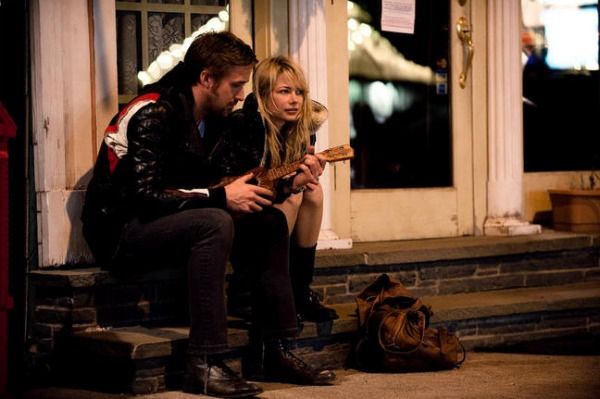
2. **“Blue Valentine”: A Marriage’s Melancholic End
Released in 2010, “Blue Valentine” offers an unflinching, visceral portrayal of a marriage in its dying throes. The film masterfully unravels the seemingly healthy relationship of Dean and Cindy, exposing the insidious creep of unaddressed issues that slowly but surely erode their bond. It’s a stark reminder of how love can fray and ultimately break under the weight of unspoken resentments and unfulfilled expectations.
The narrative deftly cuts between the intoxicating passion of their early days and the bitter disillusionment of their present, making the contrast even more painful. This duality highlights the fragility of love and the devastating impact of time and neglect on even the most fervent connections. The film doesn’t shy away from showing the messy, uncomfortable realities of a relationship coming undone, making it incredibly relatable for anyone who has witnessed or experienced similar struggles.
The film’s climax is an emotionally charged sequence, depicting Dean’s heart-wrenching departure and the couple’s painful, quiet acceptance of their marriage’s irreversible demise. There’s no dramatic explosion, just a slow, agonizing fade into separation, leaving audiences with a profound sense of melancholy and the lingering question of what could have been. It’s a raw, honest look at the melancholic end of a love story, capturing the quiet devastation when two people simply grow apart.

3. **“Melancholia”: Accepting the Inevitable
Lars von Trier’s “Melancholia,” released in 2011, is a mesmerizing and profoundly unsettling sci-fi masterpiece that weaves together themes of depression and apocalypse. It’s a film that confronts existential dread head-on, presenting a unique perspective on human reactions to inevitable doom. The narrative centers on two sisters, Justine and Claire, whose contrasting emotional states provide a fascinating lens through which to view the impending global catastrophe.
As a rogue planet, Melancholia, hurtles irrevocably towards Earth, the film explores the divergent ways the sisters cope with their impending fate. Justine, suffering from severe depression, paradoxically finds a strange calm and even acceptance in the face of planetary annihilation, her inner turmoil oddly aligning with the external chaos. In stark contrast, Claire, initially the more grounded and stable of the two, descends into a spiral of fear and despair as the end draws near.
The film culminates in a serene yet utterly ominous acceptance of their inevitable doom. Von Trier crafts an ending that is both beautiful and terrifying, a slow, almost artistic descent into oblivion. The raw vulnerability here lies in the quiet, desperate humanity of their final moments, devoid of grand heroics or last-minute escapes. It’s a haunting meditation on the human psyche’s response to the ultimate unknown, proving that sometimes, the most profound emotional climax can be found in a whisper rather than a scream.
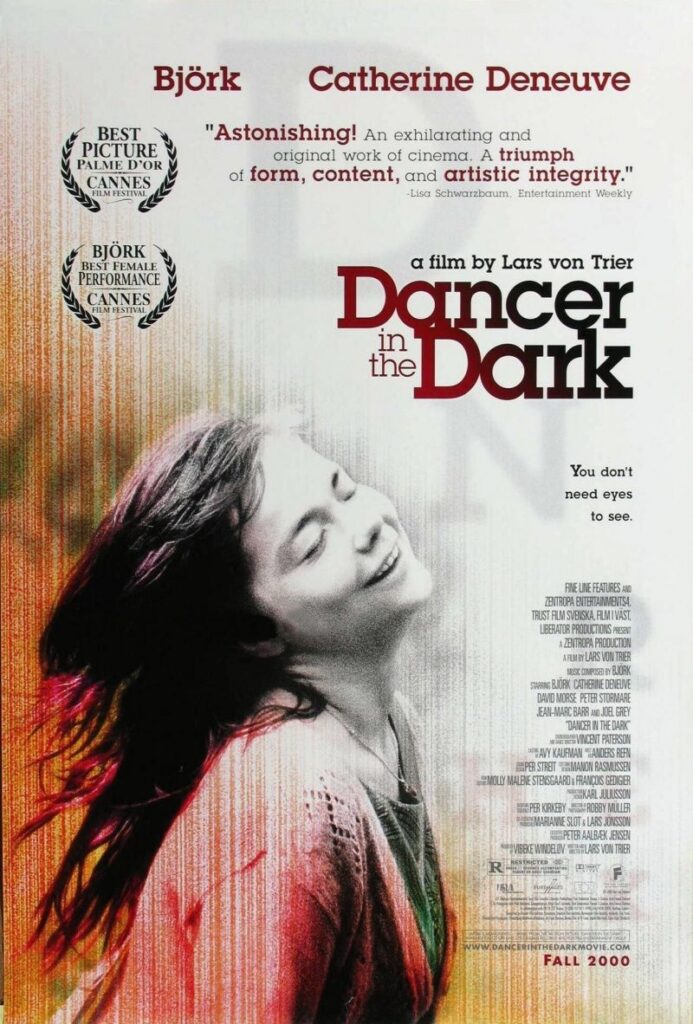
4. **The Heartbreaking Finale of “Dancer in The Dark”
The 2000 film “Dancer in The Dark,” starring the incredible Björk in a tour-de-force performance, is a profoundly heartbreaking musical drama that pushes the boundaries of emotional storytelling. It follows Selma, an immigrant mother working tirelessly in America, whose sole purpose in life is to save her son from the hereditary blindness that is gradually claiming her own sight. Her sacrifice and unwavering devotion are central to this gut-wrenching narrative.
Selma finds solace and escape in the vibrant world of musicals, imagining her mundane, difficult life as an elaborate song-and-dance number. This fantastical inner world provides a stark contrast to her grim reality, highlighting her resilience and her desperate need for beauty amidst suffering. The film’s unique blend of gritty realism and theatrical fantasy makes Selma’s journey all the more poignant and her eventual fate even harder to bear.
The film’s climax is both shocking and somber, a truly devastating moment that leaves audiences reeling. In a desperate act to secure her son’s future and ensure he receives the surgery he needs, Selma commits a terrible crime, leading to her being sentenced to death. Her execution, presented without sensationalism, is a profoundly tragic and controversial conclusion, forcing viewers to confront the immense price of a mother’s love and the brutal injustices of a system that fails the most vulnerable.
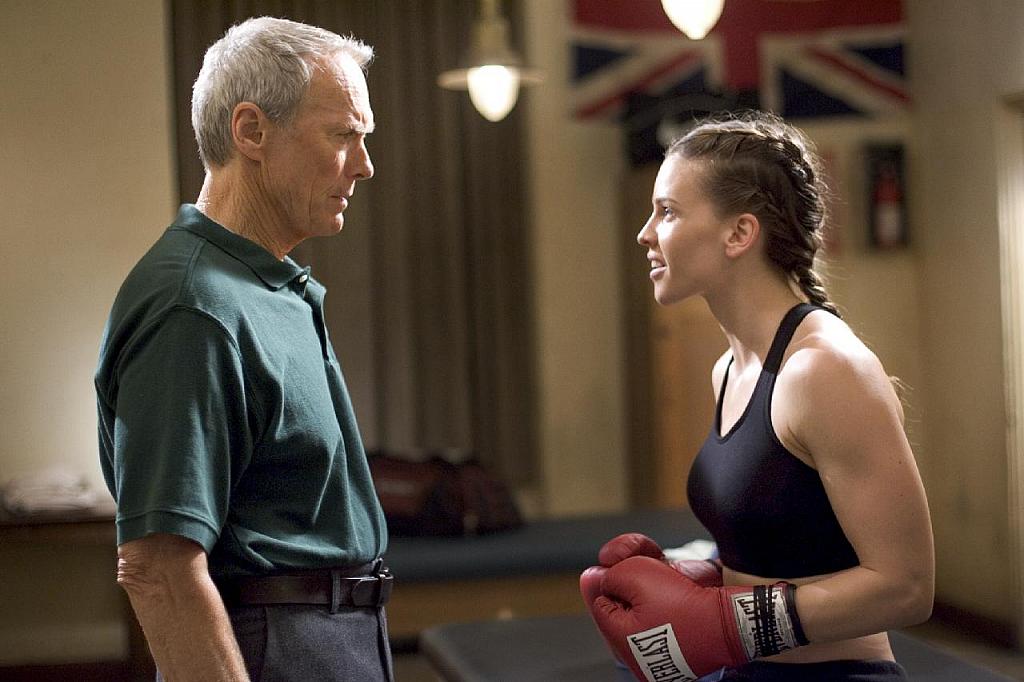
5. **“Million Dollar Baby”: A Controversial Conclusion
Clint Eastwood’s 2004 boxing drama “Million Dollar Baby” is a film renowned not just for its powerful performances and gritty realism, but for its unexpected and highly controversial ending. It’s a story that lulls you into a sense of hope and triumph, only to deliver a devastating emotional blow that challenges viewers’ perceptions of love, suffering, and personal agency. The narrative charts the unlikely bond between a grizzled boxing trainer, Frankie Dunn, and a determined female boxer, Maggie Fitzgerald.
The film masterfully builds up Maggie’s career, showcasing her fierce spirit and meteoric rise in the boxing world, making her eventual fall from grace all the more impactful. Through their shared journey, Frankie and Maggie form a deep, familial connection that transcends their professional relationship, becoming a poignant testament to finding connection in unexpected places. This bond is what makes the film’s latter half so profoundly affecting, as their fates become intertwined in an agonizing way.
The heart-wrenching conclusion reveals the film’s narration to be a letter from Scrap, Frankie’s best friend and gym manager, to Frankie’s estranged daughter. The ultimate blow comes as Frankie, faced with Maggie’s devastating paralysis and her wish to die, makes the agonizing decision to fulfill her request for euthanasia. This act, born of deep love and unimaginable sorrow, leaves audiences with a profound sense of sorrow and a complex moral dilemma, challenging us to consider the ultimate limits of compassion and the meaning of dignity in the face of unbearable pain.
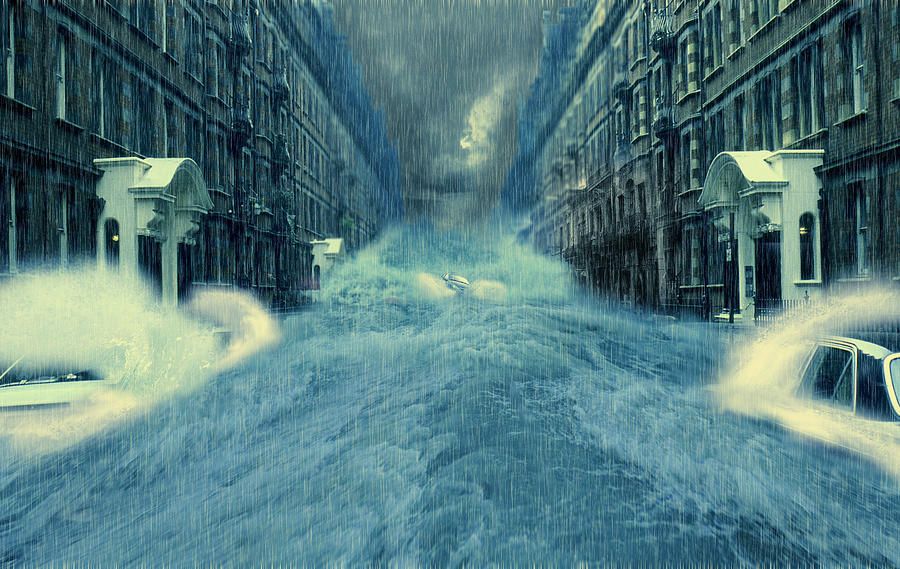
6. **“The Day After”: The Horrors of Nuclear Winter
1983’s “The Day After” is not just a film; it’s a stark, terrifying, and utterly unforgettable portrayal of the horrors of nuclear war and its unimaginable aftermath. This made-for-television movie shattered complacent views on global conflict, presenting a chillingly realistic depiction of what would happen if the unthinkable occurred. It’s a film that uses its narrative not for entertainment, but as a dire warning, forcing viewers to confront the ultimate fragility of human civilization.
Set in the American heartland, specifically Kansas, the film meticulously chronicles the lives of ordinary people caught in the crosshairs of a nuclear strike. It doesn’t sensationalize the initial explosions but rather focuses on the devastating, prolonged consequences, showing the slow, agonizing demise of individuals and the disintegration of societal structures. The raw vulnerability of everyday life, suddenly stripped bare, is intensely unsettling, highlighting how quickly everything we take for granted can be annihilated.
The film ends on an unequivocally grim note, showcasing the horrific effects of radiation sickness, the collapse of all government and social order, and the heartbreaking disintegration of families. There is no hope, no heroic intervention, just the slow, painful march towards an inevitable end for those who survived the initial blast. “The Day After” leaves audiences with a haunting image of a world utterly devoid of hope, serving as a powerful, visceral anti-war statement that reminds us of the catastrophic cost of such a conflict, leaving a deep and lasting psychological impact.

7. **“Hereditary”: A Chilling Climax
Ari Aster’s 2018 “Hereditary” is an unsettling masterpiece, twisting grief and family trauma into something sinister. Following Annie’s family through profound loss, the film unravels inexplicable events and creeping dread. It’s not just scary; it’s a deeply depressing experience.
The film builds psychological terror, making you feel the weight of their sorrow. Every creak and strained interaction ratchets up tension. What begins as family distress quickly morphs into something ancient and terrifying.
The climax earns “Hereditary” its classic status. Annie’s family are pawns in a cult plot, their horrors orchestrated. Annie’s son, Peter, is unwillingly transformed into a vessel for demon king Paimon. This disturbing conclusion is a gut-punch.
“Hereditary” crafts inescapable doom, not jump scares. Raw vulnerability lies in the family’s helplessness against preordained evil. There’s no escape, just the chilling realization their fate was sealed. Talk about redefining “chilling”!
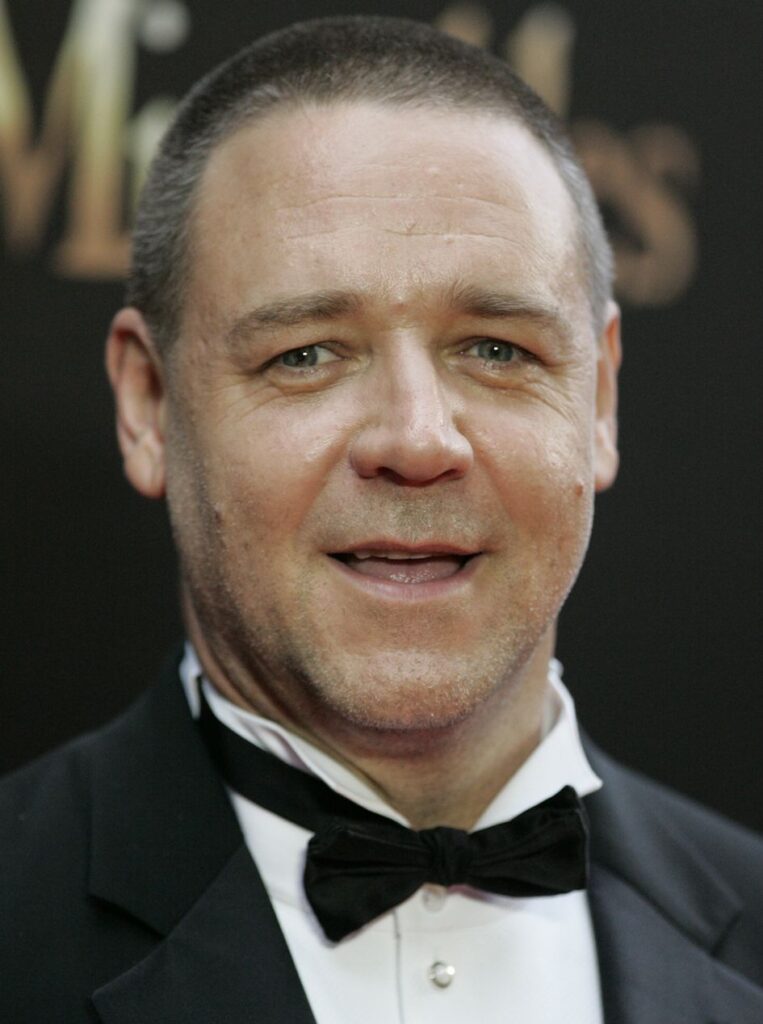
8. **“Threads”: A Bleak Glimpse into Post-War Chaos
The 1984 BBC production, “Threads,” is a harrowing, chillingly relevant portrayal of nuclear war’s aftermath. It’s an unflinching depiction, refusing to sensationalize, showing society’s grim, slow descent into utter collapse. This isn’t just a film; it’s a dire warning.
The film documents ordinary lives in Sheffield before, during, and after a nuclear attack. It spans years, painstakingly illustrating the complete breakdown of infrastructure and government. Watching civilization devolve into a struggle for mere survival is profoundly unsettling.
“Threads” leaves viewers with an unequivocally grim, haunting image of a world devoid of hope. We witness agonizing radiation sickness and total social order collapse. Humanity’s raw vulnerability is laid bare through Jane, a child born into this chaos.
This visceral anti-war statement powerfully reminds us of conflict’s catastrophic cost. Its lasting psychological impact is immense, forcing confrontation with fragility. It leaves you with an enduring, comfortless vision of what could be, decades later.
9. **The Unsettling Twist of “Atonement”
Joe Wright’s 2007 “Atonement” is a sweeping drama of love, betrayal, and redemption. Based on Ian McEwan’s novel, it chronicles the devastating impact of a young girl’s false accusation. This single lie alters multiple lives forever.
The narrative unfolds across decades, following Cecilia Tallis, Robbie Turner, and young Briony. Briony’s childish misunderstanding severs Cecilia and Robbie’s love, leading to Robbie’s unjust imprisonment and war deployment.
We’re then given what seems to be a romantic reunion, offering solace and a hopeful resolution. It suggests their love endured all trials, conquering the deepest injustices. This moment feels like a deserved glimmer of light after much darkness.
But then, the rug is pulled out. This happy ending is a fabrication, an elderly Briony’s final atonement. Both Cecilia and Robbie tragically perished during the war, never reuniting. This revelation redefines the story, leaving profound loss and unfulfilled love.
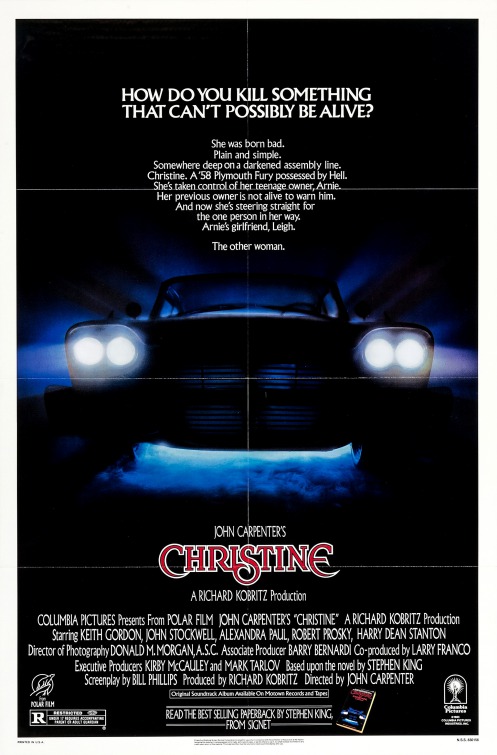
10. **“Christine”: A Shocking On-Air Tragedy**The 2016 film “Christine” explores intense mental health and professional pressures. This biographical drama delves into journalist Christine Chubbuck’s life, battling well-being and career demands. Rebecca Hall delivers a compelling, unnerving performance, authentic to Christine’s internal turmoil.
The 2016 film “Christine” explores intense mental health and professional pressures. This biographical drama delves into journalist Christine Chubbuck’s life, battling well-being and career demands. Rebecca Hall delivers a compelling, unnerving performance, authentic to Christine’s internal turmoil.
The film patiently builds Christine’s isolation, unfulfilled ambitions, and fragile state. We witness her battling professional setbacks and personal disappointments. The narrative traps us within Christine’s deteriorating mind as she grapples with presenting news.
“Christine’s” climax is one of cinematic history’s most abrupt and harrowing. Without sensationalism, Christine takes her own life live on television. This shocking act is a public spectacle, leaving colleagues and audience in profound shock. It’s the ultimate, desperate cry for help.
This film forces a difficult conversation about mental health and media pressures. Its impact is long-lasting; a true story, a stark reminder of the fragile line between public persona and private pain, making it unsettling and unforgettable.
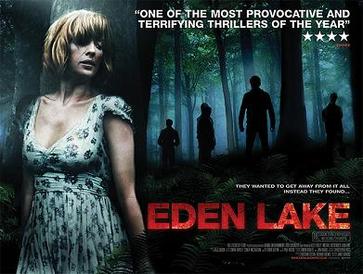
11. **“Eden Lake”: A Harrowing Tale of Survival
Looking for horror without the supernatural, but with terrifying human cruelty? 2008’s “Eden Lake” is a must-watch cult classic. A romantic getaway to a secluded lake quickly spirals into a harrowing tale of survival, tapping into primal fears of being hunted.
The film masterfully escalates tension from minor annoyances to full-blown terror. What starts as a confrontation with unruly teenagers turns into a relentless pursuit. Jenny and her boyfriend, Steve, fight for their lives, amidst an unflinching depiction of violence and psychological torment.
The conclusion of “Eden Lake” is chilling. Jenny, the sole survivor, believes she’s escaped, only to be trapped in a more horrifying situation. She inadvertently returns to her tormentors’ parents, who are misled into believing she is the aggressor.
The film ends on an unnerving, open-ended note, leaving Jenny at the mercy of this vengeful group, with no hope. Its power lies in relentless dread and refusal of catharsis. It’s a disturbing look at how paradise can become a nightmare.

12. **“Arlington Road”: A Twisted Tale of Paranoia
Ready for a psychological thriller that will utterly shock you? 1999’s “Arlington Road” is a masterclass in building paranoia. It centers on Michael Faraday, a professor haunted by his wife’s death, who suspects his new, seemingly perfect neighbors, the Langs.
Michael’s paranoia isn’t easily dismissed. The film skillfully makes you question everything alongside him as he notices disturbing inconsistencies from the Langs. He uncovers what he believes to be a domestic terrorist plot.
The climax is a spectacular display of irony and tragedy. Michael, convinced he’s exposed the plot, tries to stop them. In a shocking twist, the Langs expertly manipulated him. Michael inadvertently becomes the patsy, dying in the explosion he sought to prevent.
This brutal ending is a testament to the film’s clever plotting. It leaves audiences reeling from the unexpected betrayal and Michael’s helplessness. “Arlington Road” is a potent reminder that some threats can’t be outsmarted, making its twisted tale linger.
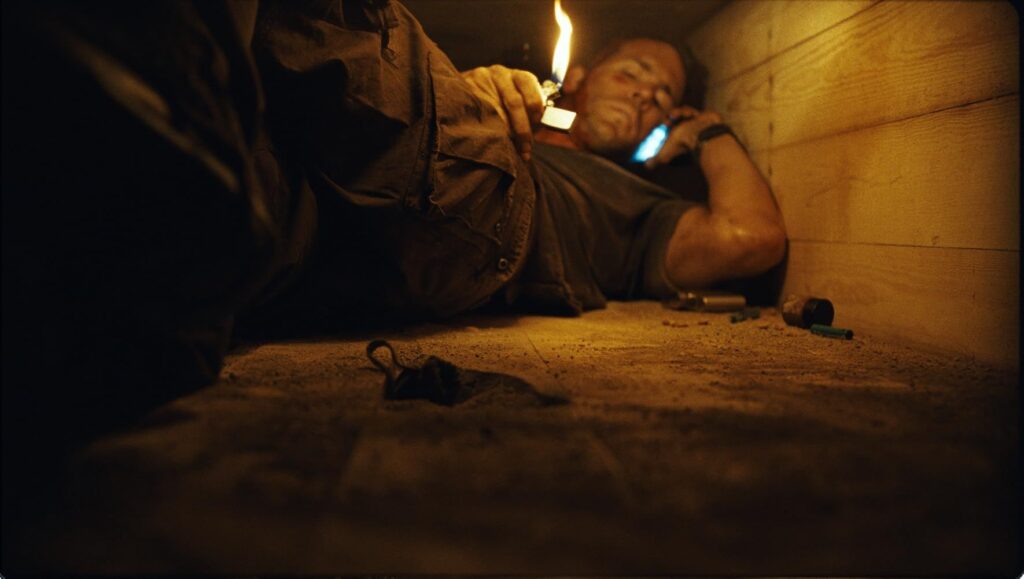
13. **“Buried”: A Claustrophobic Nightmare
Prepare to hold your breath for 2010’s “Buried,” a masterclass in claustrophobic tension and relentless despair. Ryan Reynolds delivers a grueling solo performance as Paul Conroy, a civilian truck driver trapped in a coffin-sized box in Iraq.
His only tools for survival are a lighter, flask, knife, and dying cell phone. The film’s intensity comes from its audacious premise: the entire story unfolds within that small, dark box. Paul’s desperate attempts to call for help create an almost unbearable sense of suffocating dread.
The ending of “Buried” is particularly gripping and utterly heartbreaking. After hours of frantic calls and false promises, a rescue team seemingly locates him. In a cruel twist, he’s informed the location is incorrect, and rescue is futile.
His lonely, inevitable demise, still trapped underground, is presented without mercy. The sound of sand filling the box is the last thing he hears. This film pushes viewer endurance, leaving you with profound helplessness. It’s a powerful reminder of human fragility.
Wow, what an emotional rollercoaster! These films, with their comfortless conclusions, truly challenge our expectations and leave an indelible imprint. They’re a powerful reminder of cinema’s unique ability to transcend mere entertainment, delving into the deepest human experiences. Each narrative masterfully crafts an ending that stays with you. These aren’t just movies; they’re experiences. They show vulnerability is a potent storytelling device, creating lasting connections. So, which of these unforgettable, gut-wrenching finales broke your heart the most? Share your thoughts, because sometimes, knowing you’re not alone in feeling all the feels can be incredibly healing and validating.

